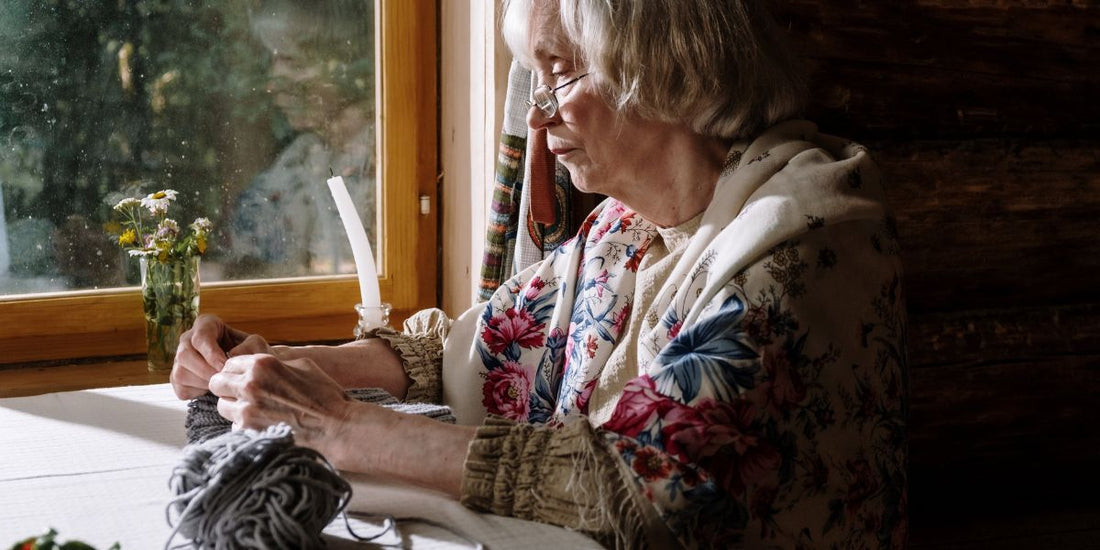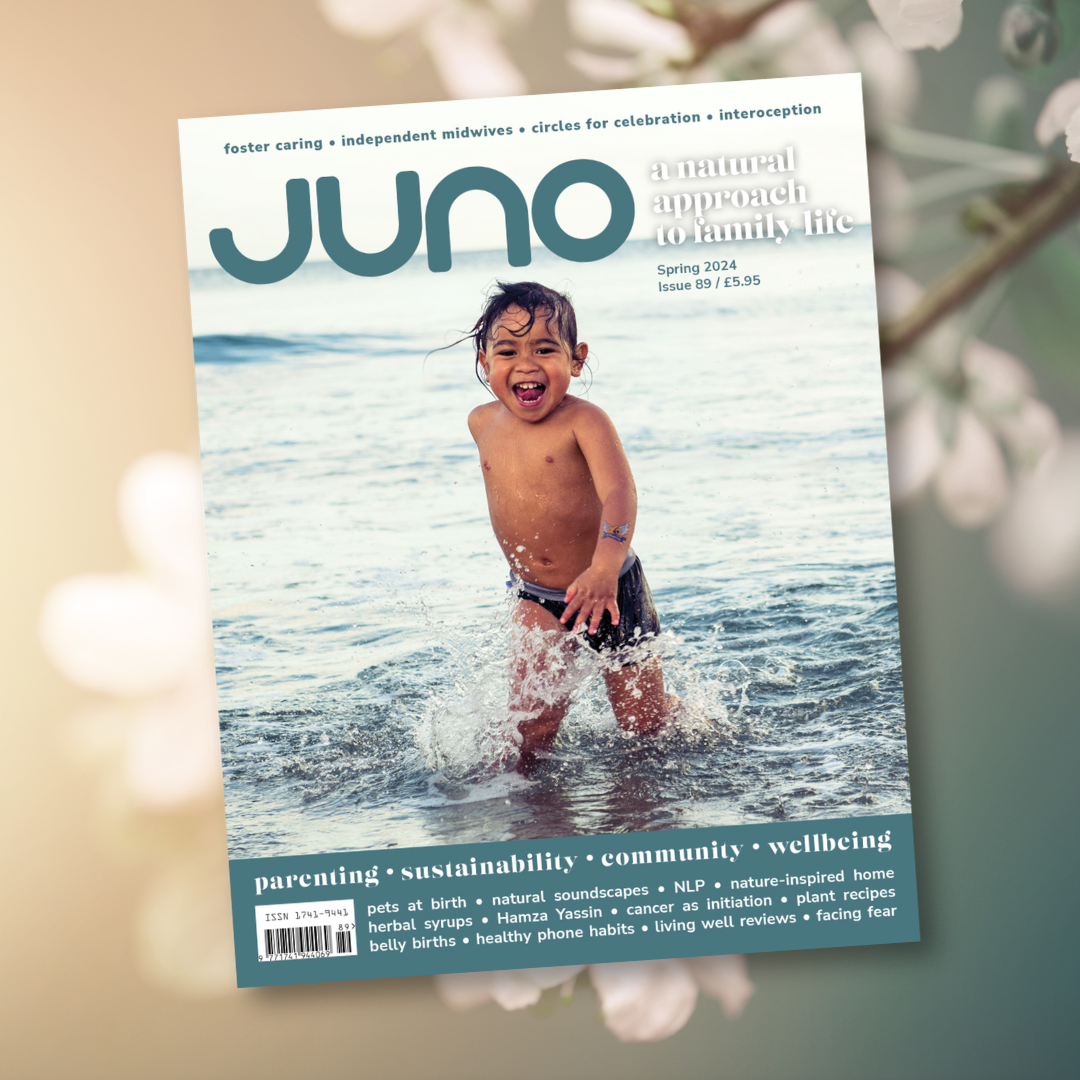My daughter heads out of the door, excited to show her friend Val some photos from our travels and to discuss some plans for the next street party. They can chat for an eternity, laugh and giggle and usually share some tea and biscuits. Many of my daughter’s friends in the street are over 60, and at 70-something Val is one of them.
In today’s society, disconnection between different generations is common, and sharing valuable skills, knowledge and friendship between young and old is rare. Instead of our elders being regarded as wise, a fount of knowledge of old ways and history, they are sadly all too often seen as just ‘old’, a burden, frail and forgotten.
Some years ago we only knew our immediate neighbours and a couple of other people in the street, but after a chance encounter and a conscious effort to connect we have developed lasting friendships with nearly all of the residents, many of them elderly. It all began when we attended a local craft fair and my children got chatting to an elderly woman and her husband who were demonstrating lacemaking and woodturning. They invited the children to have a go, and we soon realised in conversation that they lived about five doors away from us! This kind couple offered to teach the children their skills if they were interested. The children jumped at the chance, and the next morning a smiling face with silvery hair was at our door, bobbins, thread and a lacemaking cushion for each child in hand. From that day on friendship grew, beautiful pieces of lace were created around our table, and laughter and stories were shared. The children also learned the art of woodturning and made their own bobbins.
We started to befriend others in our street and discovered those who were lonely and those in need. Pam had a ‘forgettery’, as she put it. The children had gotten to know her before her memory started to fail, and they learned about her challenges and helped if she was wandering or lost. By making friends with these older neighbours my children have learnt compassion and empathy. They also have a greater understanding of difficulties faced by elderly people and realised that despite their age difference they share common interests such as geology, nature and crafts.
Betty became a very close friend and ended up joining us for Christmas when we found she would otherwise have been home alone. A few years earlier we had always seen her sitting in her chair by the window but had only gotten as far as giving her a wave and a friendly smile. Over time we got to know her better, a woman with a great sense of humour and a strong personality. She would chat to the children about Christmas in the old days, being an evacuee in the war, and the toys she used to play with. The children learned far more from their wise friend than from any history book about this era! They were amazed at how adept she was at surfing the web, online shopping and texting – despite her age, maybe she wasn’t quite so different after all. On Christmas Day, observing her delighted face as she watched the children opening presents, along with a healthy appetite for Christmas dinner, we realised how thankful we were that we knew her and she was part of our lives. Sadly it was to be her last Christmas, but at least it was one of happiness and belonging surrounded by friends both young and old.
Making the first move to connect with other generations that we do not know can be difficult, but I would encourage everyone to try. A friendly smile can easily lead into a conversation, and friendship can ensue. We have much to learn from our wider community, and if we set the right example our children will follow. One idea is to organise a street party – my daughter and her friends did this with great success and it will now be an annual event that all age groups can enjoy. At the party I was able to connect with other women in the street, some not much older than me, and others in their middle age. We found friendship, babysitting services were offered, and people toured our garden learning about our self-sufficiency project. I feel that through these connections we have not only alleviated loneliness for some, but also learnt from each other and perhaps gained greater understanding about the different lifestyles we lead. We have a lot of retired head teachers in our street who previously were only aware of conventional ways of teaching, but, having observed our children, are now really embracing home education! Our street residents are also an extra set of eyes, watching the children play outside and helpful if someone gets hurt – a common occurrence with daredevil stunts on scooters, bikes and go-carts! After all, as the saying goes, it takes a village to raise a child – and where we live, through making connections with both older and younger generations, it feels like we are all fulfilling that proverb.
____
Jenny Patel is a home-educating mum of three living in rural Northamptonshire. Striving to be self-sufficient, she is a keen forager and also enjoys helping at a local junk food cafe.
Photo: Cottonbro studio
____
Published in issue 54. Accurate at the time this issue went to print.



